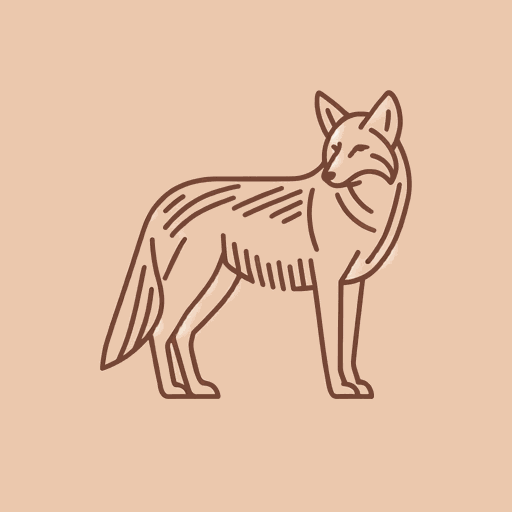66 pages • 2 hours read
Barbara KingsolverProdigal Summer
Fiction | Novel | Adult | Published in 2000A modern alternative to SparkNotes and CliffsNotes, SuperSummary offers high-quality Study Guides with detailed chapter summaries and analysis of major themes, characters, and more.
Symbols & Motifs
Coyotes
Coyotes are a prominent symbol of the importance of predators and the raw power and resilience of nature throughout Prodigal Summer. Despite humans’ efforts to wipe out the creatures, coyotes have persisted; as Deanna explains, because coyotes breed faster and work in groups when they’re hunted, “killing adults increases the chances of survival for the young” (326). Coyotes represent nature’s ability to return to a balance, despite human interference: with the coyotes’ reemergence in the Zebulon Forest, the ecosystem will once again have a “keystone predator” (62) that allows all species to thrive.
Coyotes also illustrate the theme of interconnectedness in the novel, as multiple characters see coyotes and recognize their natural magnificence. Lusa thinks that “if she could find just one other person in this county who didn’t feel the need to shoot a coyote on sight […] then she’d have a friend” (409). This “other person,” of course, is Deanna Wolfe. Even Garnett, who believes humankind should have dominion over nature, senses the powerful “wildness” of the coyotes, and that “this was where they lived” (393)—that the animals belong in Zebulon, and humans have no right to chase them off.
Kingsolver ends Prodigal Summer with a female coyote’s viewpoint, as the coyote tracks another male and thinks that by “mating season, they would all know each other’s whereabouts” (443).
Related Titles
By Barbara Kingsolver

Animal Dreams
Barbara Kingsolver
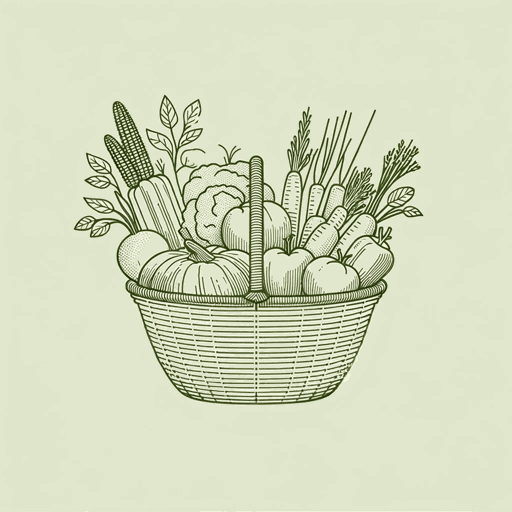
Animal, Vegetable, Miracle
Barbara Kingsolver

Demon Copperhead
Barbara Kingsolver
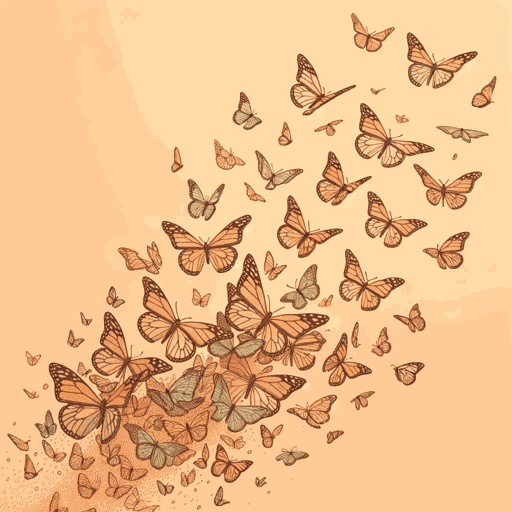
Flight Behavior
Barbara Kingsolver
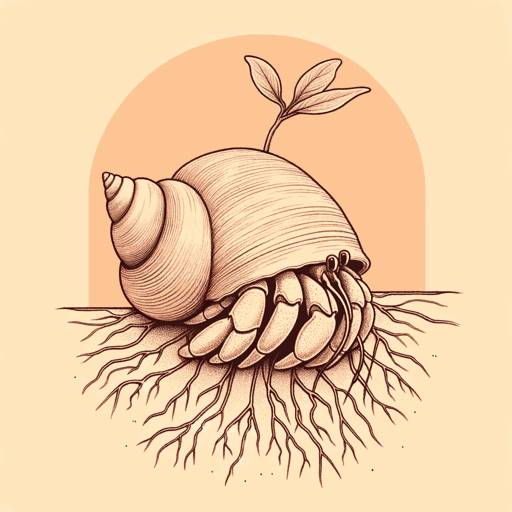
High Tide in Tucson
Barbara Kingsolver

Pigs In Heaven
Barbara Kingsolver

The Bean Trees
Barbara Kingsolver

The Lacuna
Barbara Kingsolver
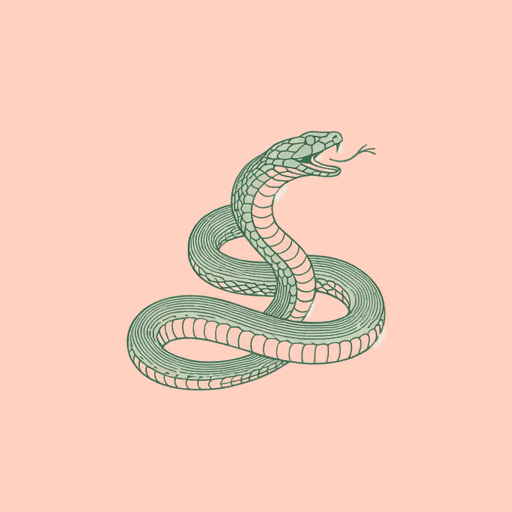
The Poisonwood Bible
Barbara Kingsolver

Unsheltered
Barbara Kingsolver
